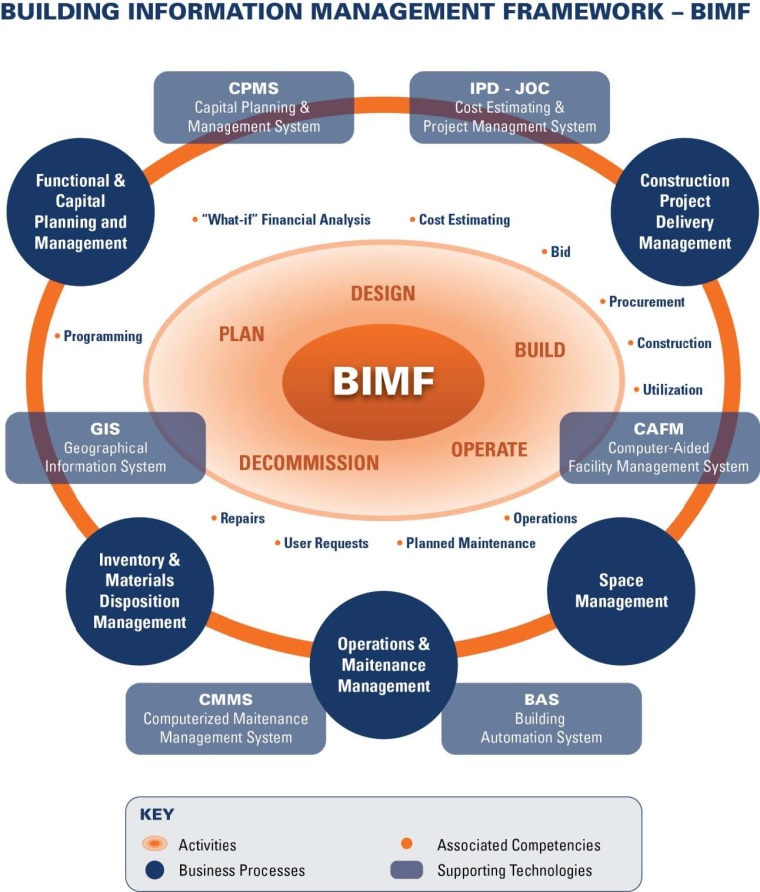A workshop with members from the BIM Academy, NBS, and various other was recently held to postulate on this topic.
As one might expect topics encompassed; design, procurement, policy and standards, technology, education and culture, success to date, areas for innovation, challenges, and barriers to adoption.
As facilities costs are second only to personal/labor costs for most organizations, the need for breadth, consistency and transparency of BUILDING INFORMATION to understand, articulate, prioritize, and act upon requirements is readily apparent. Information must be timely, accurate, transparent, actionable, traceable, and shared collaboratively.
Change management is a requirement, and those adapt will excel, those that do not will fall behind.
A core, yet perhaps obvious observation was that ” There is a growing realization of the importance of data structure, quality and transferability, rather than geometry alone. We need to stop talking less about “the model” and more about “the data”.
“One participant noted a recent US comparative diagram mapping CAD adoption in the 1980s and recent BIM adoption. The trajectory has been much more rapid for BIM, however from recent discussions with US practitioners it appears the US is advanced in geometric, spatial and visual BIM uses but progress in the productive use of structured data, particularly into the operational phase, seems to be falling behind the UK.”BIM management is misunderstood by some clients who regard it as purely a technological challenge which can be simply be solved by a software purchase and training, others are intimidated by a perceived complex restructuring of management processes. The truth lies somewhere between and follow the principles of Latham – get the process right before you think of the technology.
The role of IPD (Integrated Project Design) and JOC (Job Order Contracting) will become even more important. It was also noted that collaborative working doesn’t necessarily demand multidisciplinary organizations. There is a balance to be struck between the efficiency gained from freshness and innovation often achieved from different organizations coming to together on a project basis and working collaboratively, however traditional disjointed methods of procurement common in industry, such as design-bid-build or even design-build or CMAR do not fully encourage this. IPD and JOC, the later a form of IPD for facility renovation, repair, and construction are proven methods of developing long term, win-win multi-party relationships. “It’s crucial to get the right people involved early enough and understanding what outcomes they need from the start.”, and both IPD and JOC enforce this behavior.
Perhaps most importantly the topic of education rose front and center:
“It was agreed that this community also needs to escape from its silos. Some universities are starting to adopt a multidisciplinary curriculum supported by BIM, but this needs to become the standard not the exception. “Why not have a combined construction degree with final years dedicated to a specific discipline and practical work experience in between?””



Reblogged this on Sustainability & s-BIM for buildings.